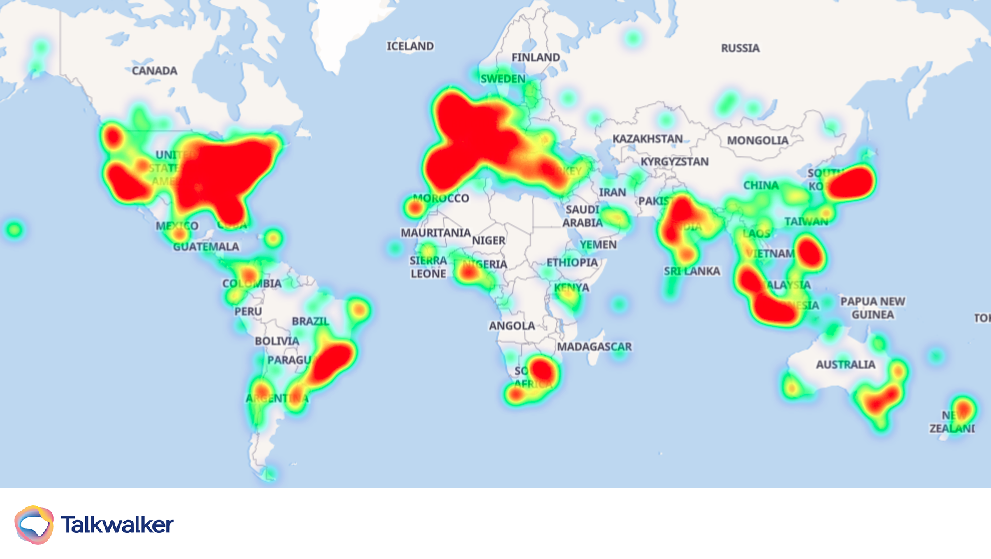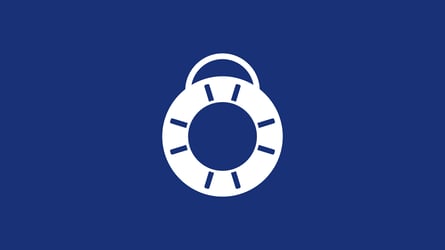Prefer to read about all 11 methods and learn which brands made it to our list? Get the report instead!
Discover the world’s most love brands
Billabong was founded by Gordon Merchant in Australia in 1973. The company produced clothing, accessories, backpacks and pretty much everything related to the surfing lifestyle. The name “Billabong” is derived from the Wiradjuri word bilabaŋ, which refers to a ‘creek that runs only during the rainy season’.
Gordon is a surfer himself. He loves the fact that he can live in board shorts nine months out of the year and this is precisely how he ended up on the Gold Coast. Throughout his time as a surfer, the Billabong founder has contributed a lot in shaping the surfboards and surfwear as we know them today. These inventions helped renowned surfers to win in championships.
Following its steady growth, Billabong grew into this ‘brand’ that was ‘driven by desire’ – the desire to produce the highest quality boardshort on the market. Shortly after, exports to California, Japan, Europe, and New Zealand began during the 80s.
Fast forward to today, Billabong has become a truly global brand that’s generating mentions of their brand all around the world, particularly in the United States (32.5%), France (9.9%), Australia (8%), Japan (6.7%), and Brazil (5%).
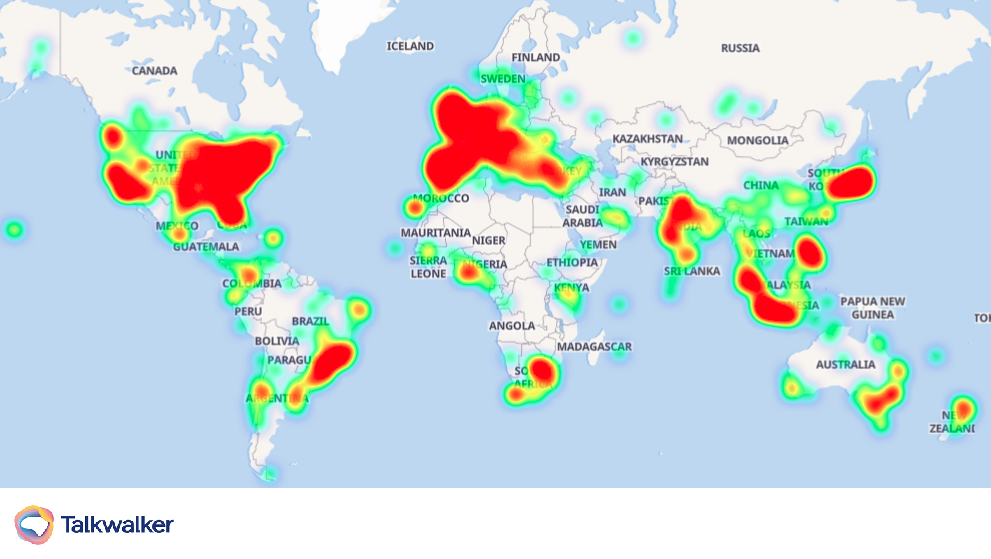
Billabong brand mentions all around the world. Source: Talkwalker Quick Search
Billabong marketing strategy
The company certainly had its ups and downs over the decades. Billabong went through a drop in sales, which inevitably led to store closures. In 2012, Laura Inman stepped in as the new CEO with a turnaround strategy built on the insight that while 86% of people in Australia know about the brand, only 46% have actually bought it. This was also the case globally and Inman saw it as an opportunity.
With a marketing-driven strategy, Inman focused on converting this high brand awareness to sales and to tap into the 56% who could be buying in the future. In order to do this, the Billabong brand had to be differentiated from the competition. In order to do this, they had to go deeper into understanding their core customers – the sports fanatics.
Successful brands know the value of having a clear picture of who their customers are. They listen to the customers and analyze their behavior. How do they feel about your brand? What makes them want to purchase your product? Are they satisfied with the overall experience of engaging with your brand?
The good news is, oftentimes, marketing teams already have all the consumer and social data that allows you to map out the customer journey and ultimately, boost customer retention and brand love.
What is brand love anyway?
“People don’t buy for logical reasons. They buy for emotional reasons”. - Zig Ziglar, Author
Put yourself in the consumer’s shoes for a second. Now, think about your most favorite brand – how do you feel about the brand? How likely are you to engage with the brand’s content if you saw them post something on social media right now? How likely would you give positive feedback or recommendation to a friend if they asked you about this brand?
Oftentimes, this rather intangible emotional connection is one of the main factors consumers engage with the respective brands. This brand love can in turn drive sales and customer retention for your business.
In the process of analyzing almost 800 brands globally to identify the world’s most loved brands, we have also identified 11 methods successful businesses are using to drive brand love and I will cover three specific methods Billabong has used over the years.
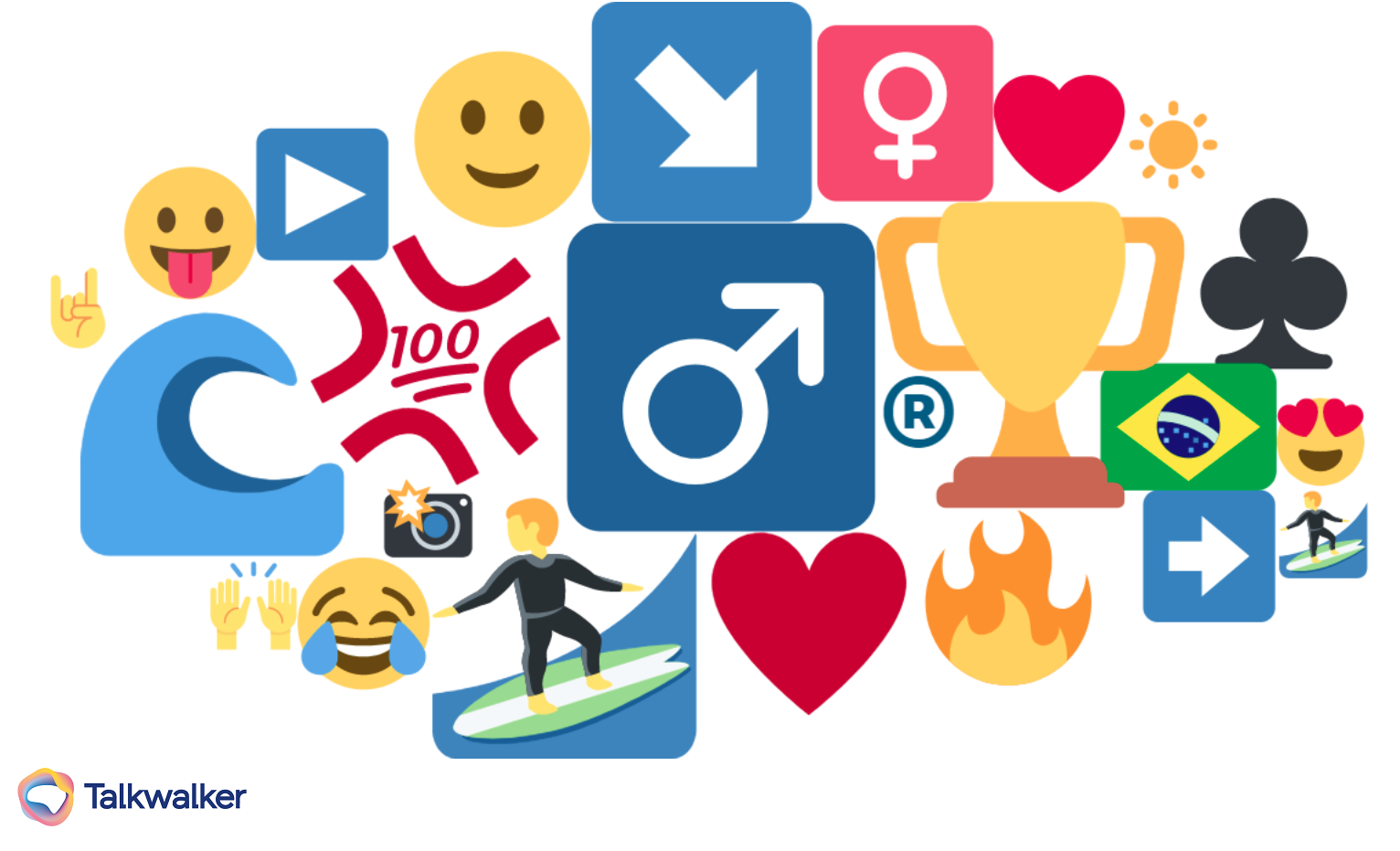
Billabong emoji cloud
Sponsorships & Events
To gain a deep understanding of your target customer, you have to understand their demographics, interests, preferences, and so on.
This snapshot of Billabong’s audience demographics show us people who are engaging in conversations about the brand are usually males (56.4%) in the 18 to 34 age range, and are also engaging in conversations about families/parenting, apparel, sports, music, discounts/outlet stores, fashion and entertainment.

Billabong audience demographics over the past 13 months
Looking back into this timeline, it seems the first event that Billabong sponsored dates back to the winter of 1985 – THE BILLABONG PRO. The company raised the prize money and basically created a mobile event in Oahu.
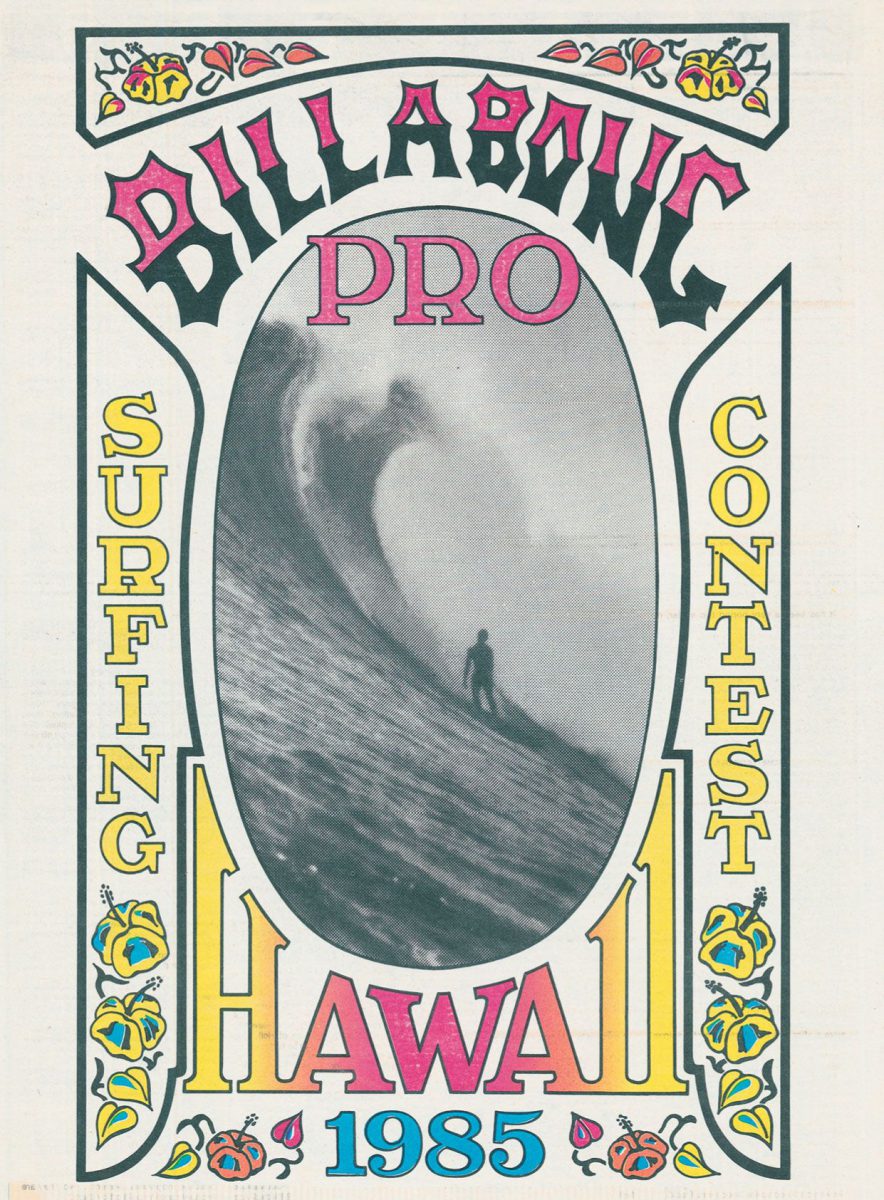
Source: boardriders.com
It is no surprise that over the years, the company had participated -- hosted and sponsored various events to engage and grow their community.
Sponsorships and events serve as a main platform for Billabong to build strong emotional bonds with consumers, as the brand connects them with their audience’s favorite sport teams, bands, and personalities. These ‘shared moments’ with the customer are driving brand love.
If sponsorship is something that you are driving for your company, check out this case study on how to measure the impact of your sponsorship.
Corporate Social Responsibility (CSR)
One way you can drive brand love is by showing your customers that you are supporting the issues and causes that matter to them, through CSR efforts.
The Billabong brand is often linked to experience sports. Mountain and ocean lovers are some of its core customers. Naturally, the brand understands that caring for the environment is something that matters to their customers.
In line with this, Billabong has started several initiatives such as engaging in charitable activities and outreach programs through the Billabong Foundation, which supports environmental, educational, health and youth-related projects locally and globally.
Another example is the company’s recycler boardshort program that basically commits to ‘lightening its global production footprint by using recycled plastic bottles in its boardshort fabric’. In 2019, Billabong was recognized by The Surf Industry Manufacturers Association as the Environmental Product of the Year. According to the company’s website, more than 100M bottles have already been repurposed into boardshorts to date.
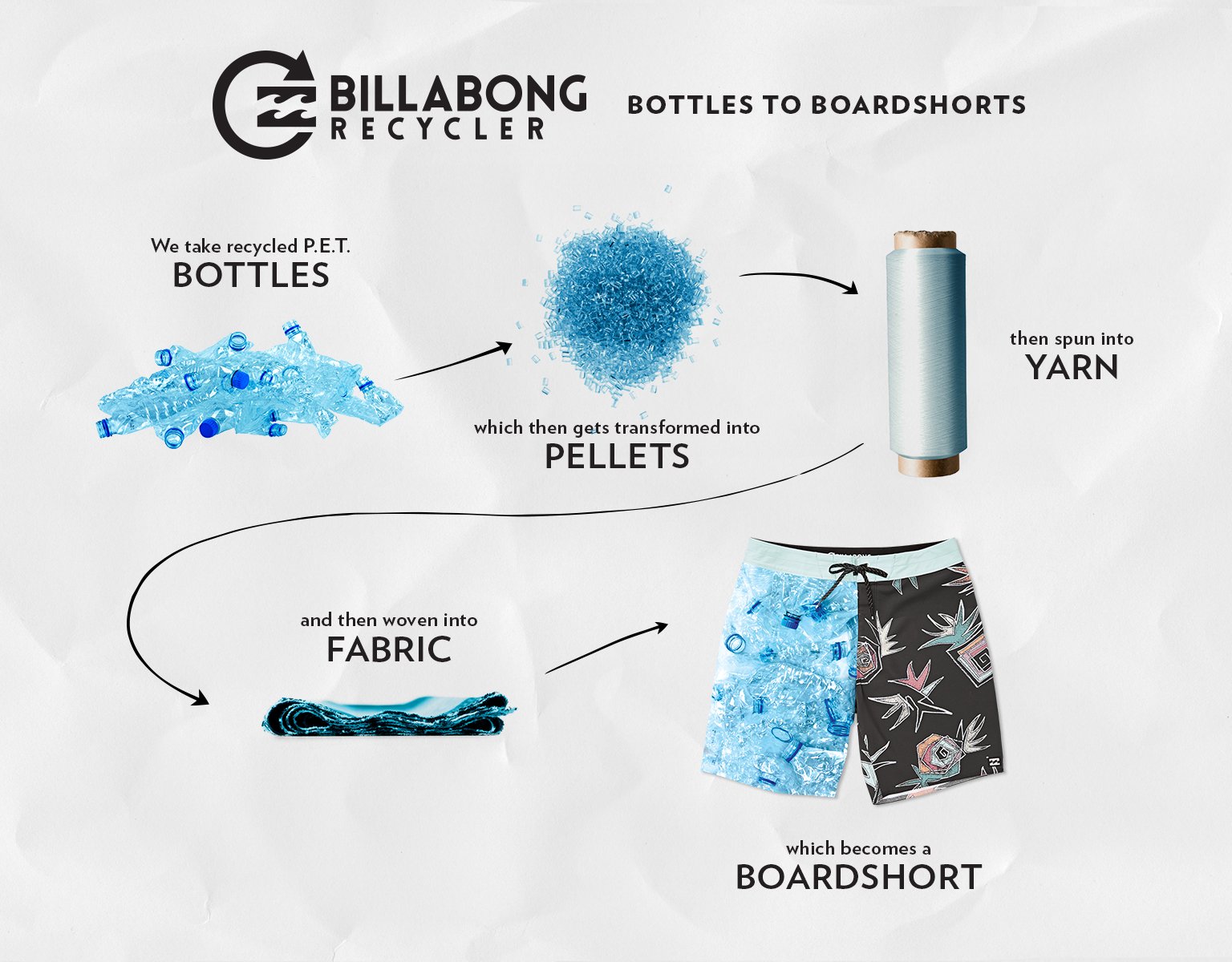
Source: billabong.com.au
Influencer marketing
Influencers can play a huge role in amplifying your brand’s reach and engagement. Particularly in the digital age, consumers no longer rely on information or content that brands are putting out there. They want to hear from other people – fellow consumers. And they typically see the influencers they follow as people that they have something in common with or aspire to be – whether that’s their love for sports or food or fashion style. If you’re looking for influencers your brand can collaborate with, make sure to check out the ultimate list of influencers in Australia.
Earlier you saw that Billabong’s audience is usually men. This means that there’s still a huge opportunity out there for the brand to engage women. Billabong seems to understand this area of opportunity and have rolled out an effort to promote their women line.
As of writing, their Instagram account @billabongwomens has 1M followers and they have also been collaborating with well-known female influencers like South African surfer Tanika Hoffman and fashion influencer Julie Sarinana, a.k.a Sincerely Jules to further showcase their brand.
Conclusion
Billabong’s marketing strategy is very interesting because it had to be adapted constantly to stand the test of time. Whether it’s to overcome internal challenges or to embrace new trends such as digital and e-commerce. To date, the company has fully rolled out its digital storefronts in various countries, making it even more accessible to the youth today.
Ultimately, there’s no one winning method or tactic that a business can use to drive brand love. It is the combination of methods like CSR, sponsorships, influencer marketing (the list goes on..), coupled with constant innovation and re-invention where needed to stay on top of the game. These factors are what can ultimately help a brand increase its engagement and success over time.

